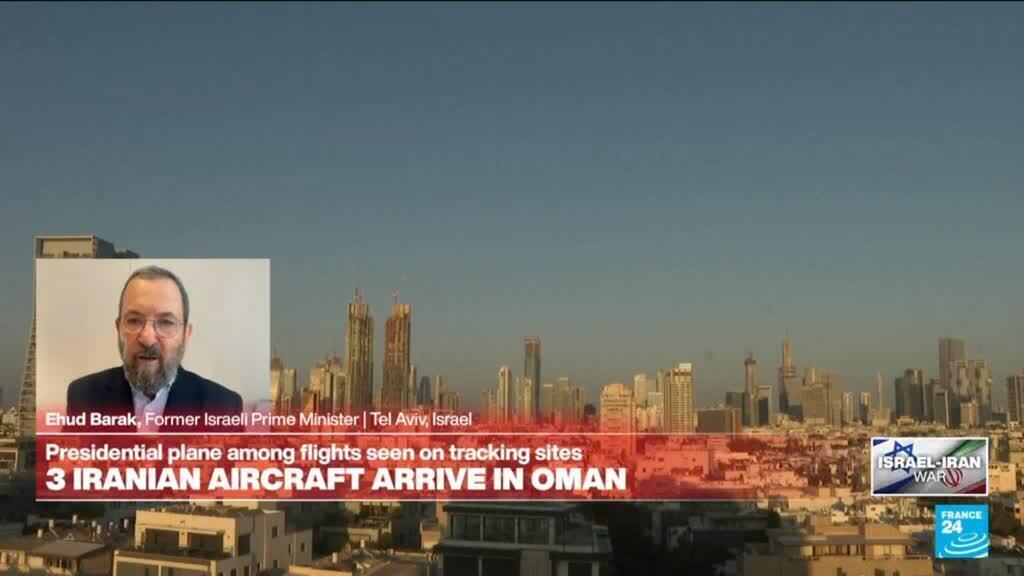According to a report by UNS refugee agency, UNHCR, the number of forced displaced people worldwide was 122.1 million by the end of April 2025, which was at the highest level in almost a decade, according to a report by UNHCR UNHCR.
The agency called the number “below the Eballi High” number, especially at a time when aid funding is being reduced drastically.
This figure represents an increase of 2.1 million in the same time as last year.
A major driver war of displacement
According to the UNHCR’s annual global trends report, a record 123.2 million people worldwide were forcibly displaced from the end of 2024 – one of the 67s of the global population.
However, this number fell by about one lakh in the first third of the year, on a large scale because many Syrians are returning home in December amidst a better future expectations for their war-affected country of dictator Bashar Assad.
The report said that the chief driver of the displacement remained major conflicts in Sudan, Myanmar and Ukraine.
Rapid increase in internal displaced
For the report, Sudan has become a country with the most forcibly displaced people, with 14.3 million refugees and people who operate bees from their homes, but remain in the country.
Syria is still forcibly displaced for 13.5 million, followed by Afghanistan (10.3 million) and Ukraine (8.8 million).
The number of internally displaced people (IDPs) increased by 6.3 million to reach 73.5 million by the end of 2024, meaning that 60% forced 60% to escape from their homes, which was never to escape from their country.
The report found that 67% of refugees live in neighboring countries, with three-shranarse refugees raised from low and medium-ordered. The agency said that it runs a counter for widespread perception in many rich countries that they are the main refugee destinations.
The largest refugee populations are currently in Iran (3.5 million), Turkey (2.9 million), Columbia (2.8 million), Germany (2.7 million) and Uganda (1.8 million).
Many displaced are returning home
The United Nations High Commissioner for refugees, Philipo Grandi said, “We live in intensive instability in international relations, a delicate, a delicate, annoying landscape marked by a delicate, intense human victims with modern war.”
Exposing the fact that many countries are reducing their agency their funding, Grandy said that there are some positive trends recently.
“Even amidst the disastrous cuts, we have seen some rays of hop in the last six months,” Grand said. “Around 2 million Syrians have returned home after more than a decade. The country remains delicate, and people need our help to rebuild their lives again.”
Overall, 9.8 million forcibly displayed people returned home in 2024, including 1.6 million refugees-highest in more than 20 years and 8.2 million IDP each second.
However, many of those withdrawal have returned to the country which are still political or highly unsafe, discoveries as Afghans that were forced to return home in 2024.
The countries search as the democratic republic of Congo, Myanmar and South Sudan, some refugees and the IDP even after returning home to see the major new displacement.
Money case
Despite the increasing number of refugees worldwide, UNHCR is struggling to raise the necessary funds to deal with the ongoing crisis.
While the agency did not reveal which donors have reduced the search, the US foreign humanitarian aid has rigorous cuts – historically the biggest provides for UNHCR – will work hard under President Donald Trump.
Britain and other European countries are spending less on assistance in favor of increased military expenses.
The report asked the international community to continue the UNHCR programs, stating that search aid is an essential investment in regional and global security.
Edited by: Wesley Dakri


